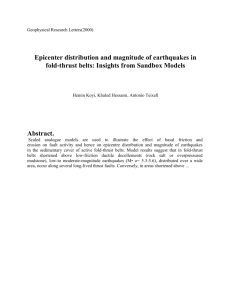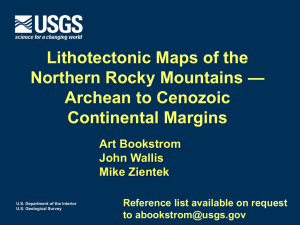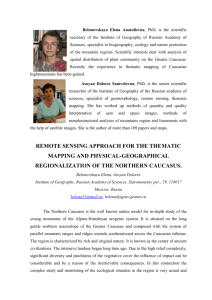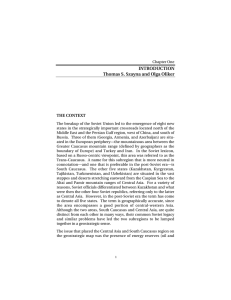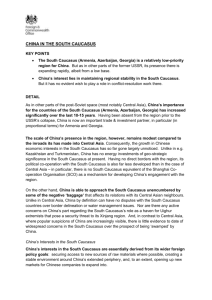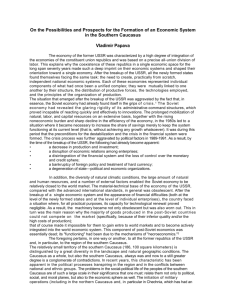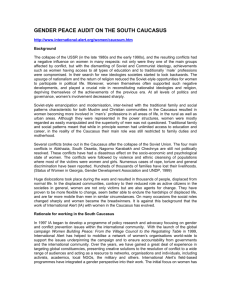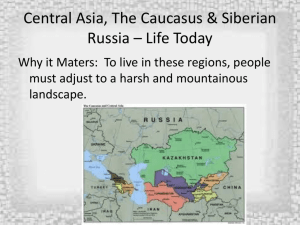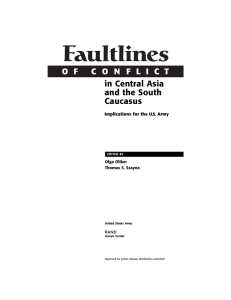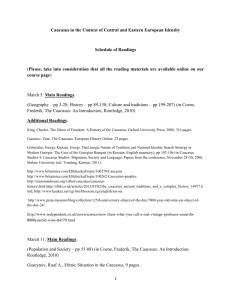Forte, A.M., Cowgill, E.S., Bernardin, T.S., Kreylos, O. and Hamann, B.
advertisement
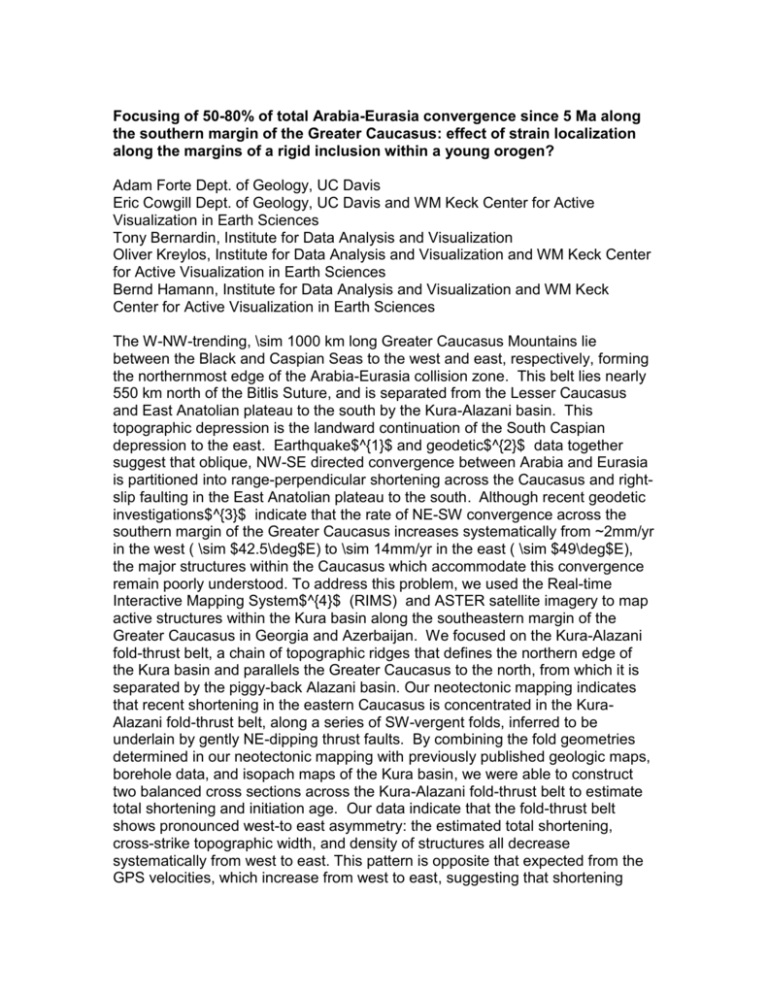
Focusing of 50-80% of total Arabia-Eurasia convergence since 5 Ma along
the southern margin of the Greater Caucasus: effect of strain localization
along the margins of a rigid inclusion within a young orogen?
Adam Forte Dept. of Geology, UC Davis
Eric Cowgill Dept. of Geology, UC Davis and WM Keck Center for Active
Visualization in Earth Sciences
Tony Bernardin, Institute for Data Analysis and Visualization
Oliver Kreylos, Institute for Data Analysis and Visualization and WM Keck Center
for Active Visualization in Earth Sciences
Bernd Hamann, Institute for Data Analysis and Visualization and WM Keck
Center for Active Visualization in Earth Sciences
The W-NW-trending, \sim 1000 km long Greater Caucasus Mountains lie
between the Black and Caspian Seas to the west and east, respectively, forming
the northernmost edge of the Arabia-Eurasia collision zone. This belt lies nearly
550 km north of the Bitlis Suture, and is separated from the Lesser Caucasus
and East Anatolian plateau to the south by the Kura-Alazani basin. This
topographic depression is the landward continuation of the South Caspian
depression to the east. Earthquake$^{1}$ and geodetic$^{2}$ data together
suggest that oblique, NW-SE directed convergence between Arabia and Eurasia
is partitioned into range-perpendicular shortening across the Caucasus and rightslip faulting in the East Anatolian plateau to the south. Although recent geodetic
investigations$^{3}$ indicate that the rate of NE-SW convergence across the
southern margin of the Greater Caucasus increases systematically from ~2mm/yr
in the west ( \sim $42.5\deg$E) to \sim 14mm/yr in the east ( \sim $49\deg$E),
the major structures within the Caucasus which accommodate this convergence
remain poorly understood. To address this problem, we used the Real-time
Interactive Mapping System$^{4}$ (RIMS) and ASTER satellite imagery to map
active structures within the Kura basin along the southeastern margin of the
Greater Caucasus in Georgia and Azerbaijan. We focused on the Kura-Alazani
fold-thrust belt, a chain of topographic ridges that defines the northern edge of
the Kura basin and parallels the Greater Caucasus to the north, from which it is
separated by the piggy-back Alazani basin. Our neotectonic mapping indicates
that recent shortening in the eastern Caucasus is concentrated in the KuraAlazani fold-thrust belt, along a series of SW-vergent folds, inferred to be
underlain by gently NE-dipping thrust faults. By combining the fold geometries
determined in our neotectonic mapping with previously published geologic maps,
borehole data, and isopach maps of the Kura basin, we were able to construct
two balanced cross sections across the Kura-Alazani fold-thrust belt to estimate
total shortening and initiation age. Our data indicate that the fold-thrust belt
shows pronounced west-to east asymmetry: the estimated total shortening,
cross-strike topographic width, and density of structures all decrease
systematically from west to east. This pattern is opposite that expected from the
GPS velocities, which increase from west to east, suggesting that shortening
initiated diachronously and propagated eastwards over time. Our shortening
estimates indicate that since 5 Ma, the Kura-Alazani fold-thrust belt has
accommodated between 12-52 km of total shortening, which accounts for 5080\% of total Arabia-Eurasia convergence during this interval. We hypothesize
that the transfer of deformation to the northern edge of the Kura basin is
facilitated by the presence of an abnormally rigid/strong section of crust and/or
lithosphere underlying 5-7 km of Cenozoic sedimentary fill within the basin. This
rigid inclusion may be a remnant of oceanic crust$^{5}$, a buried island arc
complex$^{6}$, or a combination of both.


